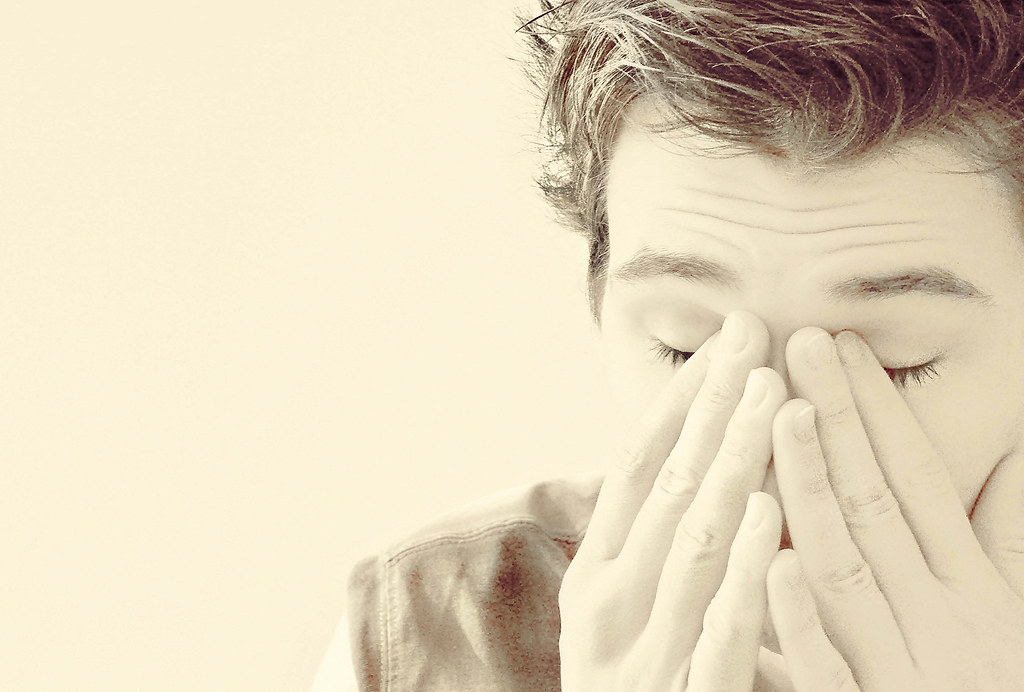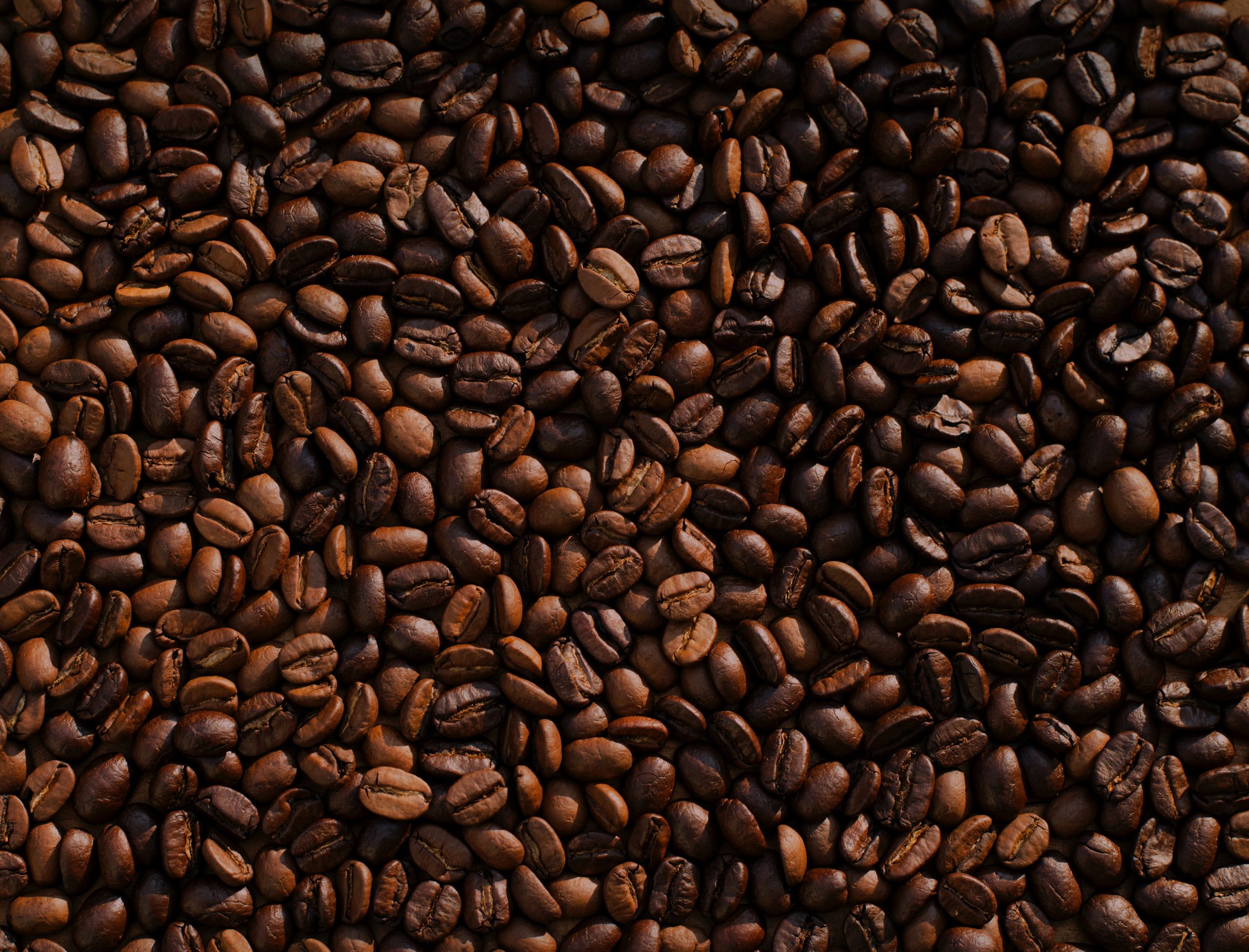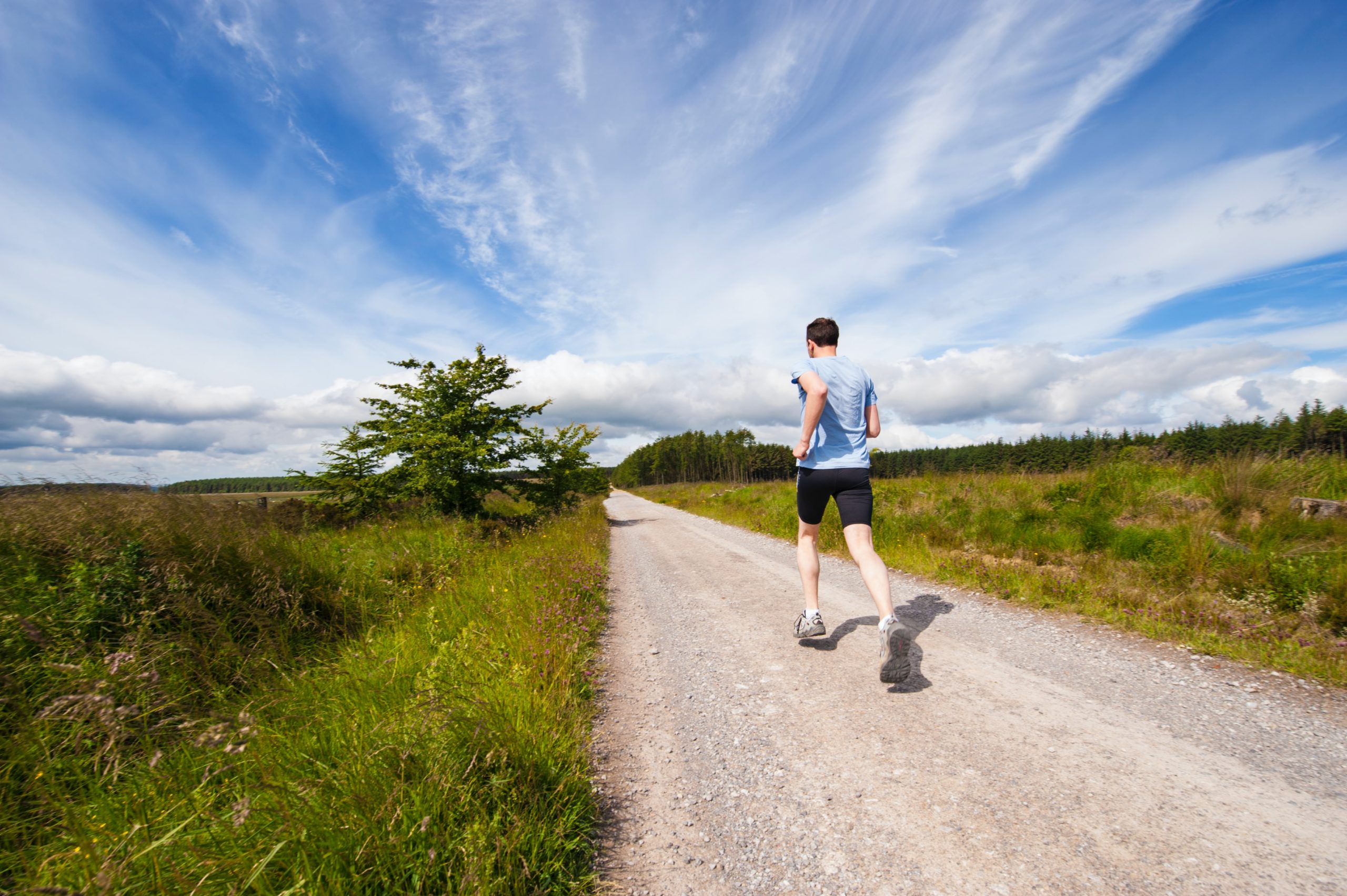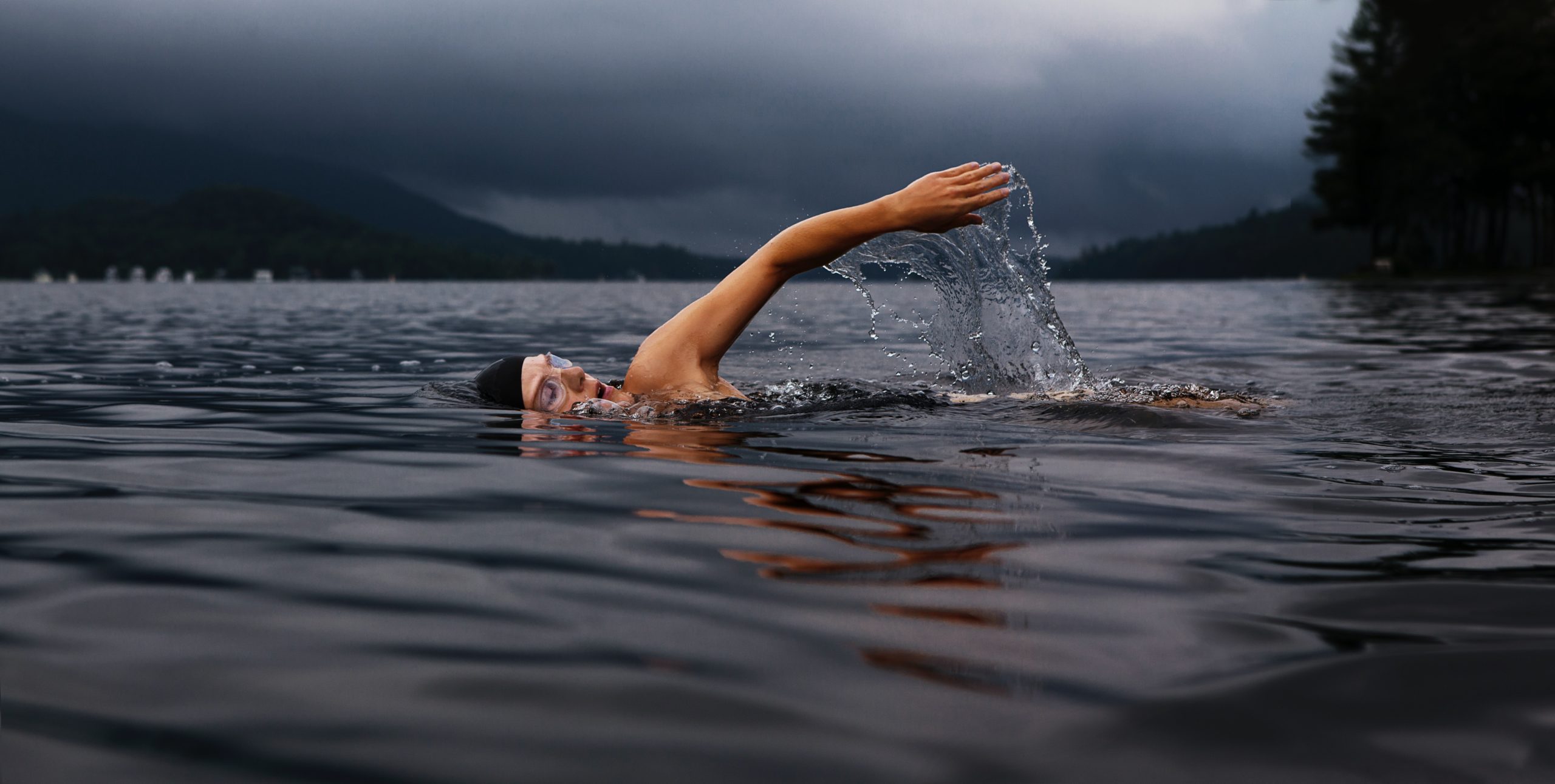In recent years, such a concept as body positive has been actively promoted on the Internet. The imposed standards of beauty began to depress girls very much – after all, it is extremely difficult to follow fashion trends, and the eternal race for thinness is tiresome. So beautiful women came up with body positivity.
However, as it turned out, there are no less requirements for the beauty of the male body. Increasingly, society condemns toxic opinions about girls, but tricky jokes about the “little friend” are still perceived as something completely harmless. Well, you understand, about which friend? Well, men also need body positivity.
The origins of body positivity and the protests of feminists
For a long time, body positivity was a taboo topic in society. Feminists did not pay any attention to him, promoting their ideas for equality, etc. Many obstacles were overcome to make him “heard”.
Back in 1966, Betty Friedan, the author of the acclaimed book The Mystery of Femininity, an activist created the National Women’s Organization. This became the first feminist community. This meeting showed that although women speak louder, their voices are already clearly audible, and they want to enter into a fierce struggle for equality.
Followers of this movement expressed clear dissatisfaction with the measures of the American government, which they considered anti-discriminatory. The women said that none of the measures worked. Employers still did not want to hire women; the difference between the earnings of women and men was significant (in favor of the latter).
The purpose of the created organization was to mobilize the beautiful half of humanity. They wanted to show that they were ready to join the fight for equal rights. Betty Friedan with like-minded people announced that they will work in 6 directions:
- speak out against violence against women;
- speak out against racism;
- defend lesbian freedom;
- fight for the right to abortion;
- defend economic justice;
- defend constitutional equality.
At the time, feminists did not raise issues related to discrimination and appearance. In 1973, they began to talk about those prejudices that related to appearance. Two activists, Judy Freespirit and Sarah Fishman, have created a new movement called Fat Undeground. This community was called to fight against established standards of beauty, which were considered unrealistic by many women.
Judy and Sarah turned to Betty Friedan for support, but neither she nor her associates provided it. Indeed, at that time, most of the activists were convinced that female forms impede equality in the whole world and that men are given the main role. For example, some feminists have openly stated that they are on strict diets.
According to them, clearly visible female signs (and fat belonged to them as well) alienates women from equality. Therefore, women actively fought with it, trying to get rid of such a difference between the sexes. As a result, the activists did not come to a consensus, could not agree among themselves, and body positive did not become popular.
But that all changed in the 1990s. Society again returned to conversations about a hundred existing standards of beauty imposed. Intersectional feminism began to emerge. His followers were convinced that women’s freedom is limited not only by gender differences, but also by extra pounds. Organizations began to appear, events were founded, the purpose of which was to support women with absolutely any appearance.
Feminist Mary Evans Young established International No Diet Day in 1992. It is celebrated even now, on May 6. 4 years later, in 1996, Elizabeth Scott and Connie Sobchak organized a movement whose vocation was to develop a relationship with their own body, dictated by humor, forgiveness and love. The movement was called Body Positive Movement. It included programs and courses that teach a person to have a positive attitude towards their own body. A whole community of activists has formed.
Body positive in the modern world resists not only the infringement of overweight people. It fights against skinny shaming (discrimination against a person due to thinness) and other “shaming”, which derogatoryly affect the external signs of a person.
Today celebrities – models, actors, singers – talk about body positivity. Many are frank about their struggles with being overweight, lean, and eating disorders. Plus-size models began to gain popularity – for example, Alexandra Deynega, Katya Zharkova, Ashley Graham, etc.
Men also need body positivity – why?
Often, the main critics of the female body are men. However, today they also suffer from those ideals of male body beauty that society imposes. So, young guys may worry about their non-athletic body, fullness, thinness, thin legs or arms. In the most dangerous cases, this can lead to mental illness.
Dysmorphophobia is a mental disorder in which people hate their own bodies. It occurs in both women and men. In 2019, British scientists conducted a study, the results of which showed that 28% of men are extremely concerned about their own appearance, moreover, 11% of this number even wanted to commit suicide out of imperfection of the body.
As it turned out, men tend to rate their bodies as women, but this assessment also affects the size of the phallus. A study was conducted that showed that if a representative of the stronger sex is happy with the way his genitals look, he is more satisfied with the whole body. Women in this regard do not bother so much.
The larger a man’s penis, the more his self-esteem rises, according to a survey conducted by the American Psychological Association. Half of the respondents were unhappy with the size of the penis. But there are even more surprising results from the work of sociologists.
It turned out that in 85% of all cases when men decide to undergo penis enlargement surgery, their genitals are normal for medical reasons. It turns out that size is important specifically for men themselves and their self-esteem.
Although body positivity is a relatively new movement, people still have their own ideas about beauty standards. If for women with the change of eras these standards changed – from chubby to skinny deer, then for men everything is stable for many centuries.
People (and men as well) love to look at a pumped-up model of a guy who advertises underwear. The skin should be clean, smooth, embossed. And, of course, no extra weight.
To date, there is no single community in support of male body positive. However, more and more celebrities appear who prove that it is not necessary for a man to look like a gladiator in order to love himself.
More and more 180-kilogram male models “sparkle” on screens with plump bodies, world-famous photographers shoot very thin or incredibly fat guys. In 2019, Manual (an online platform from the UK for men’s health) launched a campaign called Men of manual. Within its framework, the representatives of the stronger sex shared relationships with their own bodies.
Body positivity is not about belonging to a particular gender. This movement is about accepting oneself and other people. If men share their ideas, the world will become more loyal.






